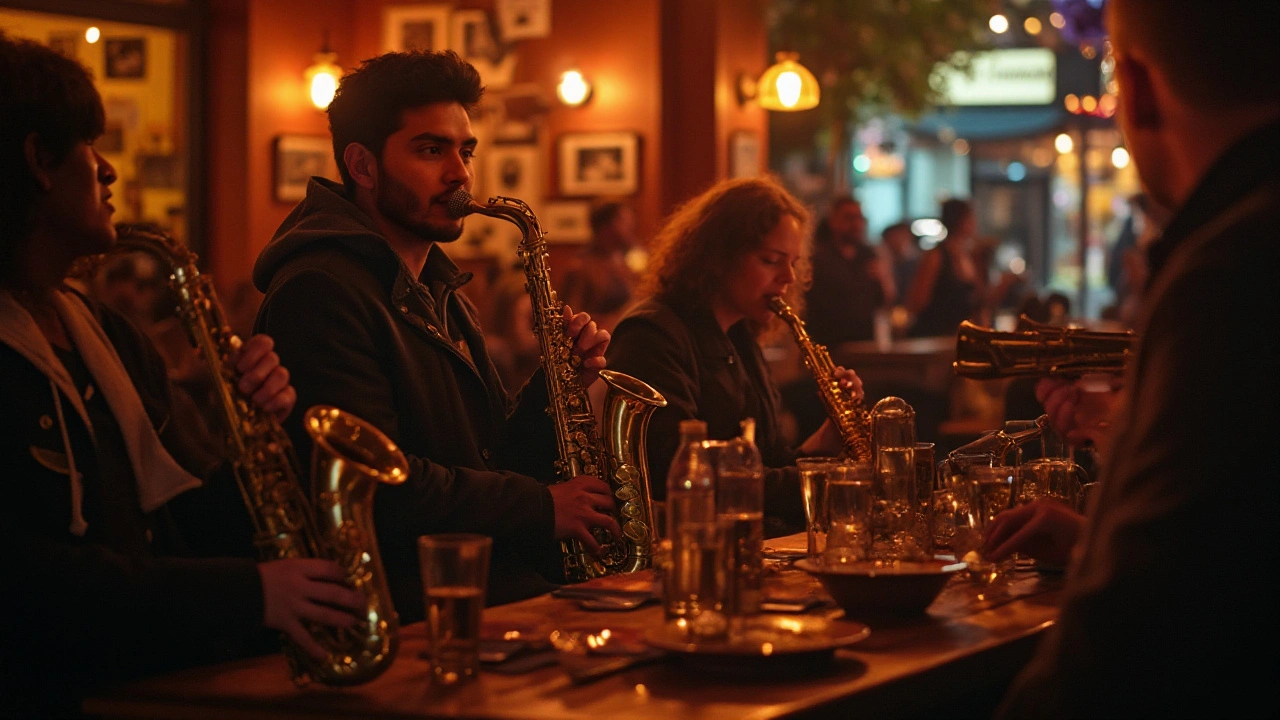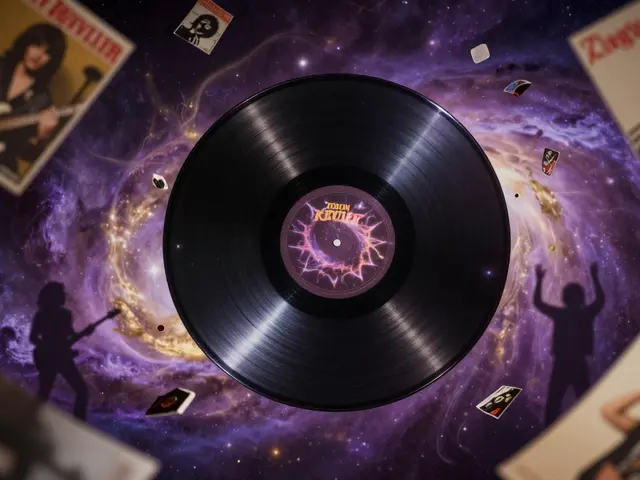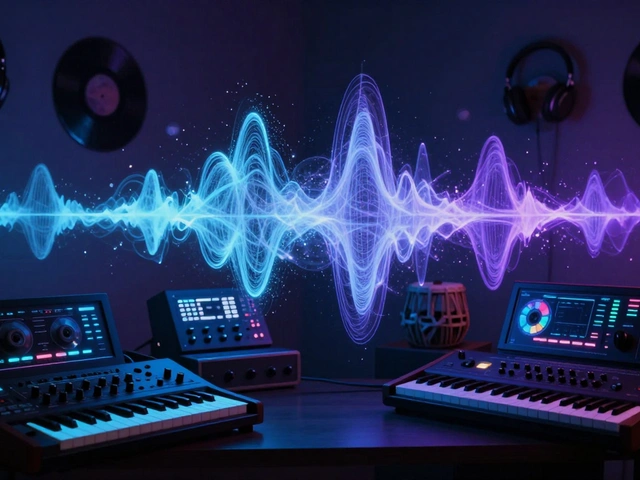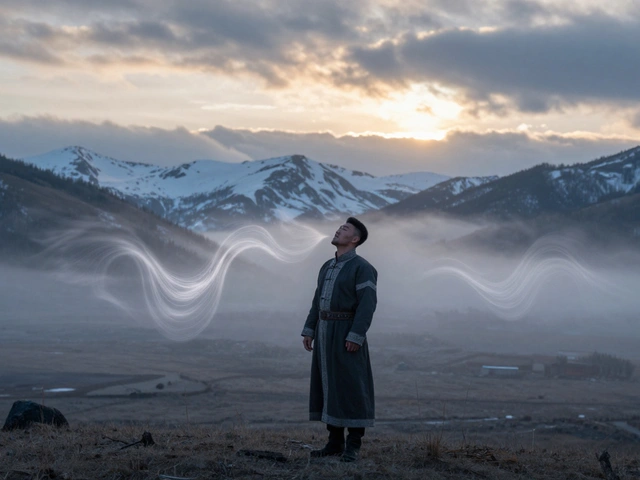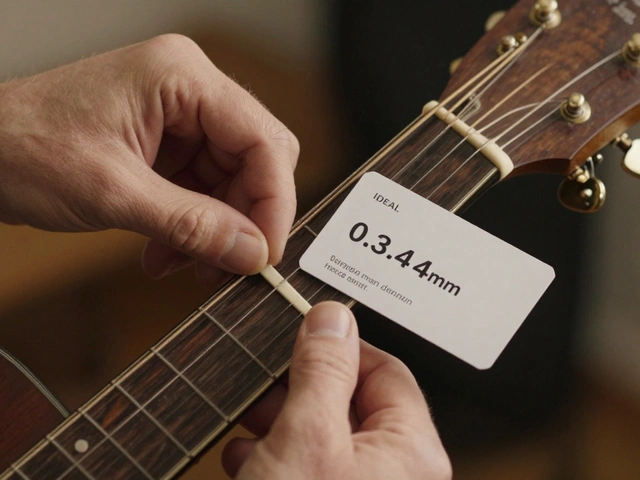Music has the incredible ability to reach into the deepest parts of our souls, pulling emotions and creativity to the surface. It's not just sound but a language that speaks to the core of what it means to be human. Across the globe, countless music genres develop, each bringing its own set of rhythms, stories, and moods that can ignite the spark of creativity in any listener.
Diving into these musical worlds, one encounters not just a melody but an entire cultural journey. Whether it's the soulful strains of blues that echo the heartfelt struggles and triumphs, or the energizing beats of electronic music that push the boundaries of sonic landscapes, each genre offers endless inspiration. Embarking on this musical exploration can open new doors to creativity, providing tools and insights that empower artisans to craft their own narratives.
- The Power of Diversity in Music Genres
- Cultural Influences and Historical Contexts
- Creative Inspiration from Unlikely Genres
- Practical Tips for Using Music as a Creative Tool
The Power of Diversity in Music Genres
Music genres are like the vibrant threads in a tapestry, each one contributing its unique color and texture to the grand design. This diversity is not just a mere collection of sounds but a powerful tool for personal and collective expression. Exploring different genres can reveal insights into cultural narratives and societal changes. For instance, the emergence of jazz in the early 20th century wasn't just about new musical techniques; it was a reflection of cultural syncretism, born from the African American experience and resonating across the world. This genre challenged conventions, blending classical influences with roots in African rhythms, and it paved the way for future musical innovation.
One can't overlook how music genres encompass the identity and history of communities. Consider the robust and spirited beats of reggae, which originated in Jamaica. Reggae not only brought a new sound but also highlighted themes of resistance and unity, becoming a voice against oppression. Similarly, electronic music has expanded what we understand as music, with its synthesized beats appealing to a wide array of listeners while delivering a message of futuristic optimism. These dynamic shifts in music reflect how diverse genres can capture societal moods, shaping and being shaped by the heritages they arise from.
"Music expresses that which cannot be put into words and that which cannot remain silent." — Victor Hugo
The shift from one genre to another or even the creation of fusion forms can lead to groundbreaking innovations. Take, for example, the blend of traditional Indian music with modern pop elements, as demonstrated by artists such as A. R. Rahman. This fusion doesn't just create new sounds; it opens dialogues between cultures, encouraging a deeper appreciation of global artistry. Such interactions between genres illustrate how diversity in music acts as a catalyst for creative evolution, inspiring not just musicians but also filmmakers, writers, and visual artists.
- Jazz reflects cultural syncretism and innovation.
- Reggae voices resistance and unity.
- Electronic music embodies futuristic optimism.
- Fusion genres foster cultural dialogue and appreciation.
Ultimately, the wealth of diversity in music genres is a treasure trove for any creative mind, offering a vast array of emotions and ideas to draw from. With each genre, one finds not just sounds but stories, perspectives, and expressions that defy language barriers. It’s a celebration of shared human experience, perpetually encouraging artists and creatives to explore and push their own boundaries. This not only shapes the art itself but continues to transform the world we live in.
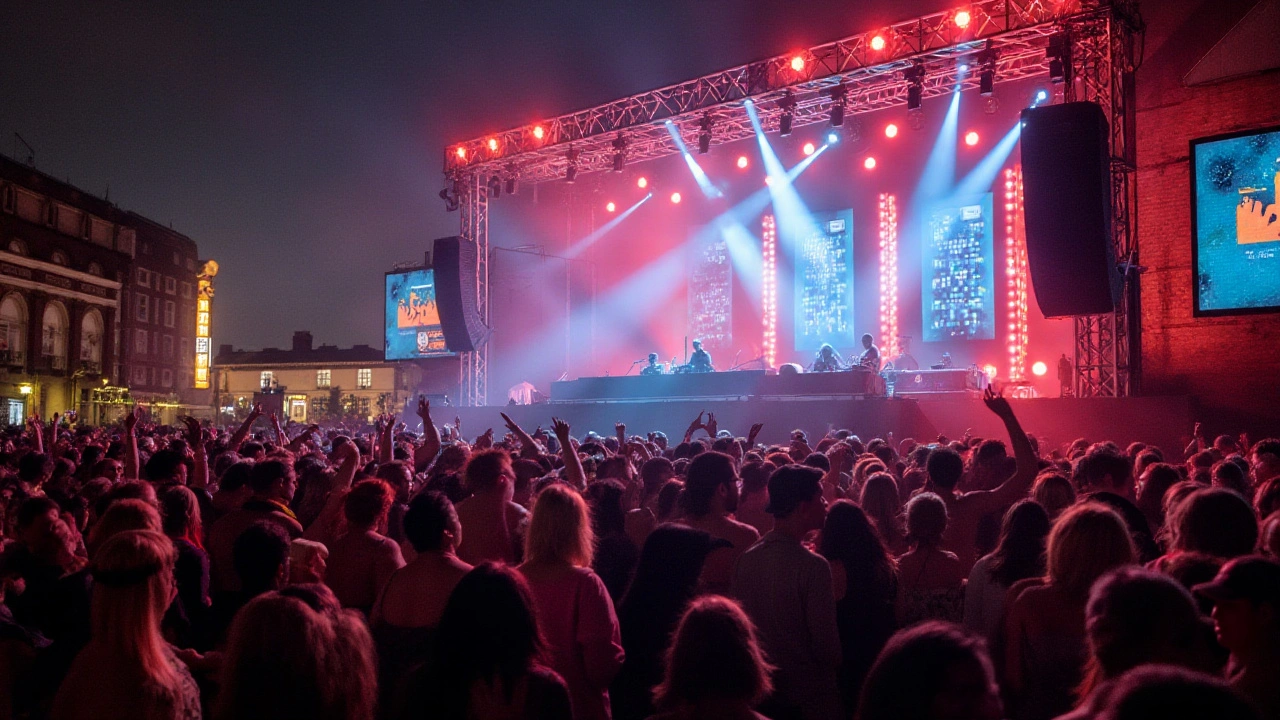
Cultural Influences and Historical Contexts
The breathtaking diversity of music genres is deeply rooted in the complex weavings of cultural narratives and historical contexts. Every genre tells a story of its origin, reflecting the societal, economic, and political climates of the times when it emerged. Take jazz, for instance, which blossomed in the early 20th century in the United States. Jazz was not just about music; it was a revolutionary force challenging the status quo, growing from the African American communities and blending elements of ragtime, blues, and marching band music. Musicians like Louis Armstrong and Duke Ellington proved that jazz could express freedom, resilience, and authenticity. The golden era of jazz paved the way for new thinking about improvisation and the democratization of sound, inspiring artists worldwide.
This intertwining of history and culture is not restricted to jazz. Consider the powerful beats of reggae, born in Jamaica, carrying the lifeblood of Rastafarian messages of peace, unity, and social justice. Bob Marley, one of its most iconic figures, carried reggae's influence beyond borders, capturing the hearts of millions while advocating for change. His music transcends the purely auditory experience, embedding itself in socio-political movements. Similarly, the intricate sitar rhythms and soaring vocals of Indian classical music find their roots in ancient Vedic texts, reflecting deeply spiritual and philosophical traditions. Such music offers a rich tapestry of sound, encouraging reflection and introspection.
Electronic music, another fascinating genre, emerged from the technological advancements of the late 20th century. Synthesizers revolutionized the music industry by allowing artists to imagine soundscapes beyond the capabilities of traditional instruments. Kraftwerk, known as pioneers of electronic music, paved the way for various sub-genres. Their method involved minimalistic composition methods, futuristic themes, and the inclusion of automated instrumentation, reshaping how music dialogues with technology. This genre's evolution is tightly interwoven with developments in digital technology, reflecting society's journey into the digital age.
Each genre's history is a mirror reflecting the dynamics of the world at different times. There are lessons hidden within their contexts that provide endless fuel for creative minds. Genres continue to evolve through cross-cultural exchanges, such as the marriage of African beats and Caribbean rhythms leading to reggaeton. A pirate radio station in London might blend Caribbean soca with drum and bass, creating new sound hybrids. This endless mixing ensures that music genres remain fertile ground for innovation. As Bruce Springsteen once opined, "Music is talkin' about your life, the life around you; it's just talking about the world."
Music is the shorthand of emotion.— Leo Tolstoy
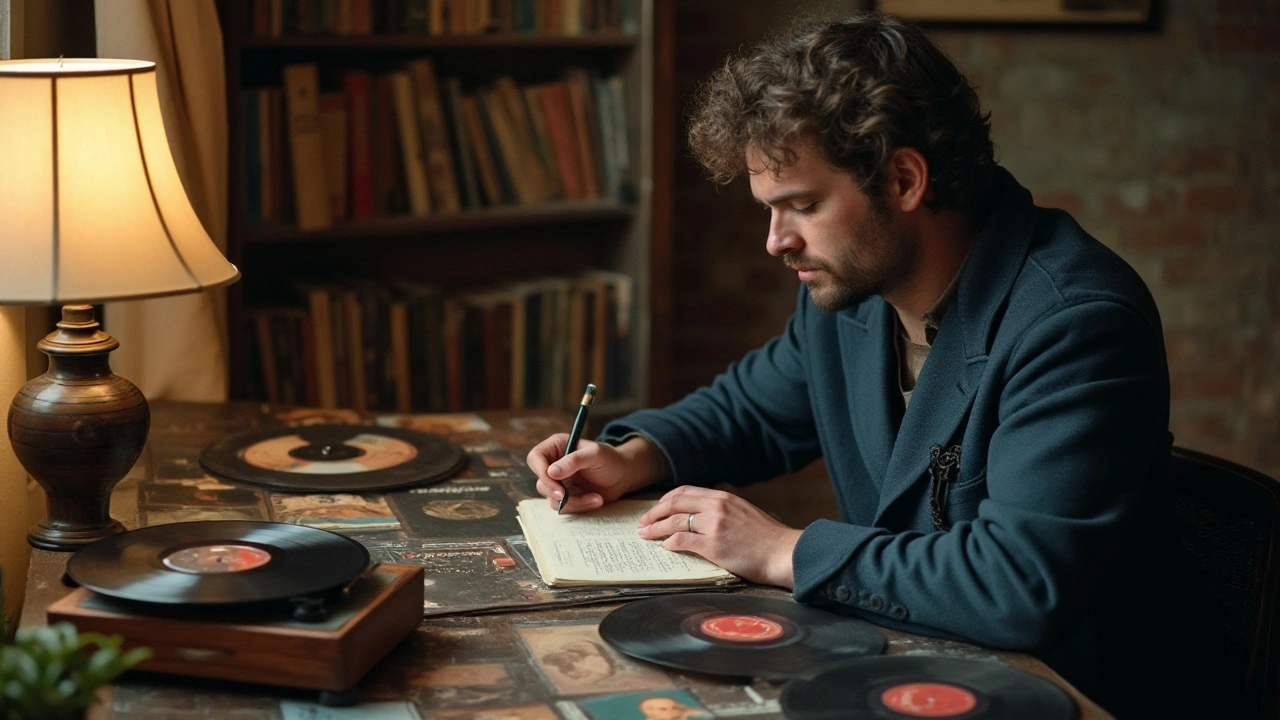
Creative Inspiration from Unlikely Genres
Diving into the world of music is like embarking on an endless adventure, where each genre presents unknown landscapes for creative exploration. Some genres, rarely given the limelight in mainstream discussions, hold within them untapped potential to inspire fresh ideas and unique art forms. Take, for instance, avant-garde jazz. This genre often challenges traditional musical structures, offering abstract compositions that encourage the listener to think beyond conventional boundaries. Its unpredictability mirrors the process of creative brainstorming, where spontaneous and almost chaotic elements come together to form something wholly original.
Electro swing is another unexpected delight, blending the past and the present through its fusion of swing music and electronic dance. This playful juxtaposition not only spans decades but also ignites a sense of nostalgia intertwined with new-age vibrancy, perfect for sparking inventive narratives in writing or visual arts. Imagine the unique characters and scenes one could craft inspired by the lively beats and trumpets that somehow mesh seamlessly with modern synths.
"Music is a higher revelation than all wisdom and philosophy." - Ludwig van Beethoven
Then there's Klezmer, a genre that hails from the deep cultural roots of Eastern European Jewish traditions. Rich in emotion, its expressive clarinet sounds and danceable rhythms can evoke powerful imagery and emotion. It's the kind of music that paints history with sound, giving creatives a spectrum of emotional and storytelling hues to work from in their own projects.
Consider the power of ambient music to create soundscapes that are more about atmosphere than melody. This genre, with its synth-driven or acoustic minimalism, provides a backdrop against which the mind can wander freely. Many writers and designers use ambient music to set a mood or tone, allowing space for imagination to fill the gaps left by its often sparse arrangements. It's like an open canvas of sound, inviting creators to blend their own personal artistry into the mix.
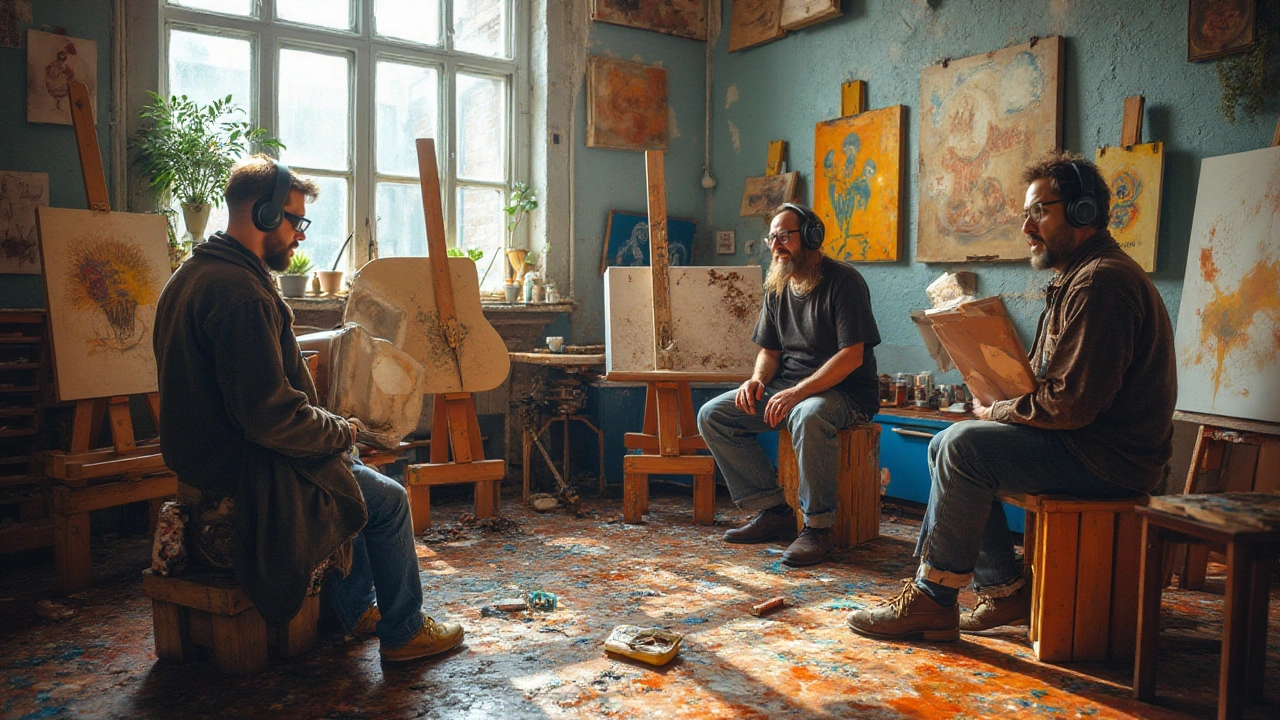
Practical Tips for Using Music as a Creative Tool
Utilizing music genres as a creative tool involves more than just hitting play. It's about engaging with the melodies and rhythms in a way that inspires new ideas and perspectives. Whether you're a writer, painter, or designer, music can be a source of endless inspiration if approached with an open mind. Try setting the mood for your creative sessions by choosing a genre that aligns with the tone of your project. For instance, the atmospheric quality of ambient music might help spark a writer's imagination, as the lack of lyrical content allows for free-flowing thoughts. Conversely, the dynamic nature of jazz could stimulate a visual artist looking to add more movement and vibrancy to their work.
A practical method to harness music's power is by creating a personalized playlist. Tailor this list to reflect the particular stage of your creative journey, allowing it to evolve as your work does. This playlist can serve as a loyal companion, providing emotional cues and continuity. Consider incorporating tracks that hold personal meaning or evoke vivid imagery, as these elements can deepen your connection to the creative process. Don't hesitate to blend genres; sometimes, the most unexpected combinations lead to breakthrough moments.
Collaboration is another avenue where music genres shine as a creative tool. Working with fellow creatives in a shared musical space can lead to exciting cross-pollination of ideas. Discussing the emotions and images music evokes can enhance understanding and spark novel insights. Imagine a session where a copywriter and digital artist exchange perspectives on how a particular soundscape transforms their work, each gaining valuable input from the other's experience. Such exchanges can lead to a richer and more layered final product.
Furthermore, embracing live music can be a game-changer. Attending concerts or live sessions offers a multi-sensory experience that recorded music can't match. The energy of a live performance can ignite creativity and motivate you in ways you might not expect. If you find yourself creatively blocked, make it a point to immerse yourself in a live setting when possible. The vibrancy and unpredictability of live performances can jolt your inspiration into gear and bring fresh vigor to your projects.
Lastly, let yourself experiment with silence and sound. Alternating periods of sound with moments of quiet reflection can help cement ideas and provide mental clarity. This approach allows for absorption and processing of what the music has inspired. In this way, you're not only using music genres to jump-start creativity, but you're also allowing a space to refine and polish those raw ideas into something remarkable. As Billy Joel once said, "I think music in itself is healing. It's an explosive expression of humanity. It's something we are all touched by." Allow music to touch your creativity too.

